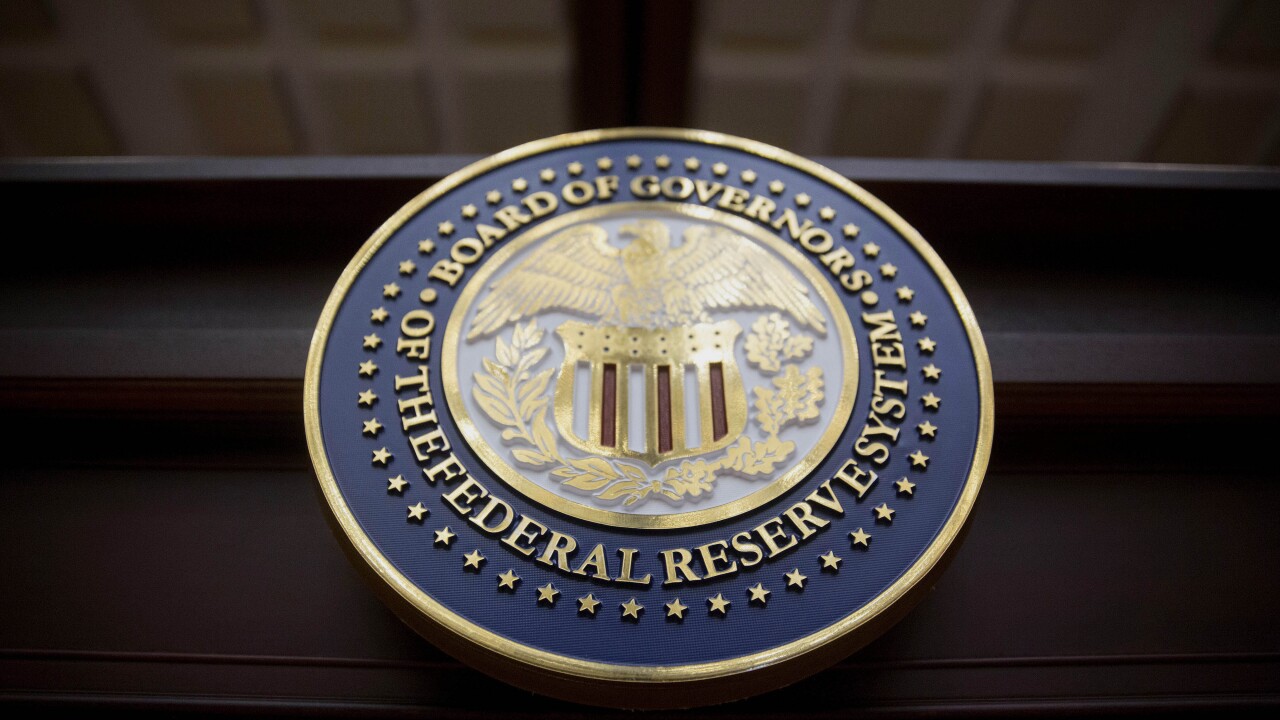
The investment fintech Robinhood is expanding further into the financial services space with an announcement of several new products for the company's Gold members.
Robinhood Banking, a new digital banking platform with both checking and savings accounts, was announced by the California-based trading app provider during a Robinhood Gold keynote event on Wednesday. Robinhood CEO Vlad Tenev also presented concepts for an advisor tool called Robinhood Strategies and an AI investment tool called Robinhood Cortex.
Robinhood Strategies is a wealth management tool with a
Robinhood Banking and Cortex will be officially launched later in 2025. Robinhood is also planning to offer a cash delivery service and other premium perks to Robinhood Banking members.
"When building Robinhood Strategies we realized the existing digital advisory model was broken, with limited features and fees that grow as you do better," said Steph Guild, president of Robinhood Asset Management. "We designed Robinhood Strategies to give everyone incredible service and low fees with a cap, meaning you don't have to pay more to invest more."
Robinhood's banking services and Gold credit cards are provided by the Everett, Washington-based
This isn't the first time Robinhood has tried to offer banking services. In December 2018, Robinhood attempted to launch a checking and savings product but faced backlash from banks over
Several months later, in April 2019, Robinhood
"There's been multiple attempts, and every one's been kind of different," said Dylan Lerner, a senior analyst at Javelin Strategy. "With this one it seems to me like it's just a bit more updated for the trends of the time, which is the freemium model that a lot of neobanks and fintechs are going back into."
Lerner believes that the target demographic for Robinhood Banking is its current customer base: the young "underdog" aspiring investor, who is now growing up and becoming more wealthy, but also wants premium banking services.
"I don't think their target demographic has changed," he said. "It's really been that younger consumer who maybe doesn't have a whole lot of money but wants to play the investment game. What's changed is they've grown up. Those same underdogs are maybe now in their late 20s, early 30s, they have some wealth, they've gotten a job. Now they have the assets to qualify for a private banking relationship. How does Robinhood keep them as customers and grow with them? This is one way of doing that."
Anyone who wants to become a Robinhood Gold cardholder to access Robinhood Banking may have a long wait ahead of them: The current wait list for Gold cardholder access is
"I think they might be growing faster than they can actually keep up with themselves," Lerner said. "The wait list for the Gold card in and of itself is showing that their eyes are bigger than their stomach. There's a lot going on here that we haven't really sorted out yet. This stuff takes time to build. They probably want to build the hype first, that customer base, and then allow people in. But this is quite a lot, especially the way that they are talking about it all being integrated. That's not something that happens overnight — that's built over time."






